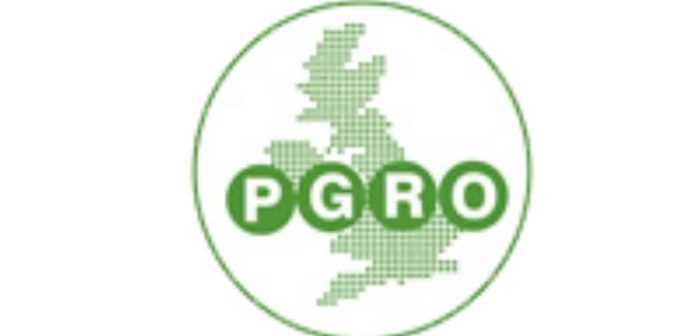“As we slip into April there will be many who are now significantly behind in their spring sowing campaign, the prolonged cold having been succeeded by continuing wet soil conditions,” comments Roger Vickers, chief executive of PGRO.
“With limited opportunities for good soil and sowing conditions, the rush is on to make the most of April for spring bean and pea sowings. Whilst sowings of beans beyond the latter half of April may start to impact yield potential, the good news is that the chances of Bruchid beetle damage are also reduced, increasing the opportunity for reaching human consumption export premiums.
“While the prospect of later April sowing might tempt some growers to consider switching out of a pulse crop this spring, it is still too early to see that step as an option. That said, the trade has long been forecasting a bean area fall of around 10% this spring and for peas to fall up to 25%.
“As European export quality beans have dried up, Australian beans have increased in value, rising approximately $30/tonne. Along with rising alternative protein market, values this has seen a rise of approximately £4/t in feed bean prices over the month.
“The outlook for new crop pulses is considered to be good. Beans are being well supported by the feed users and the human consumption market will be hungry for the new crop. New crop peas of good quality and colour retention will once again be in strong demand as there is no carry over from 2017 harvest. Quality is always the key for export premiums.
“The French bean area stabilised at around 82,000ha in 2017 with peas around 142,000ha. Interestingly, chickpea and lentil production rose significantly to 33,300ha (double) and 19,500ha (up 67%) respectively with French producers enjoying a coupled aid for protein crops of Euros 111.50/ha.
Franek Smith, President of BEPA, reports that the UK feed bean market continues to firm with good support from the UK feed compounders and further supported by firm export demand from North East Europe and France. Values are currently around £160/t ex farm. As alternative protein sources firm in price, the base price for feed beans rises, and it appears that the outlook for the reminder of the old crop is slightly upwards. New crop prospects are educated speculation following London wheat futures which are varying between £143-147/t with a £15-20 premium for feed beans.
Whilst there were boats of human consumption peas leaving the UK in March with values of up to £180/t ex farm, the export activity is considered to be more or less over for old crop. There is little to zero buyer interest and few if any sellers remain with the right quality. The mood in the trade is static with little if any trade. New crop activity in the Baltic is anticipated to rise on the back of them selling out in 2017 as growers there switch out of peas. As yet, it is too early to forecast Australian activity, but early indications suggest a stabilising or slight fall from 2017 crop area. Forward prices for crop 2018 are available with a premium of £15-£20 over feed beans. At current levels this could present a value of up to £180/t ex farm for November movement – but there is little if any trading activity.
The market for combining peas continues to be static. Most buyers are already committed and there is a surplus of bleached and poorer quality samples in both blue and marrowfat categories.
The range in prices for marrowfat peas is directly linked to quality. Poor quality bleached samples are lucky to fetch £170/t ex farm and top quality continues to command up to £240/t ex farm. Significant production ‘off contract’ peas produced an estimated 10,000t surplus in 2016, and whilst prices have continued to rise through 2017 with poor quality filling the market, it is likely to be into 2019 before further significant prices rises are realised. However, they are being anticipated, which may help to boost the continued confidence of long-term producers.
The best samples of large blue peas continue to achieve up to £235/t ex farm, but it is considered that this is likely to be the top of the market and that old crop is more likely to fall than rise. Buyers are generally covered and with new crop now on the horizon, old crop quality would have to be exceptional to compete. Bleached samples are not in demand and are hard to move. £160-165/t ex farm is optimistic and the indications are of falling values. That said, the feed market has risen, so the downside risk is also reduced slightly. All markets are ready for the new crop and samples with good quality colour and good cooking and soaking characteristics will be in demand.
The trade for yellow peas continues to be unaware of any immediate demand. Small parcels recently traded at £160/t ex farm. Domestic production for UK use will continue to have demand from 2018 and it is believed contracts are available.




